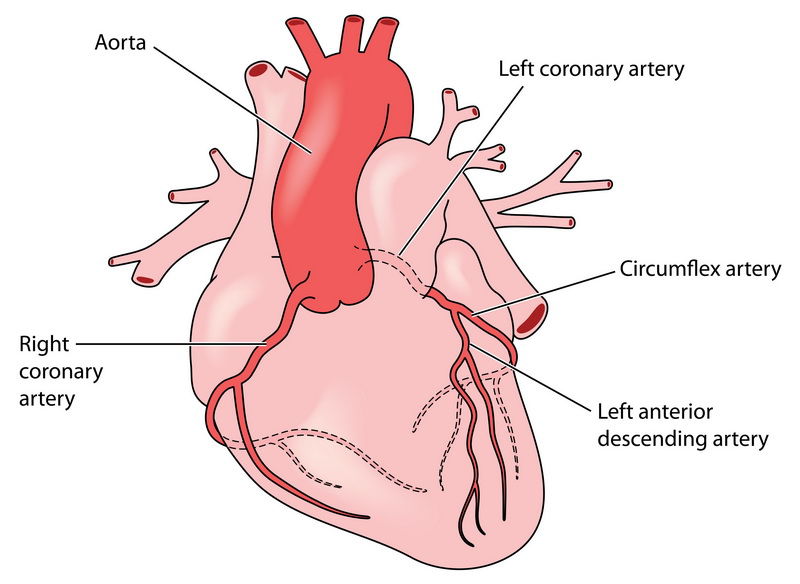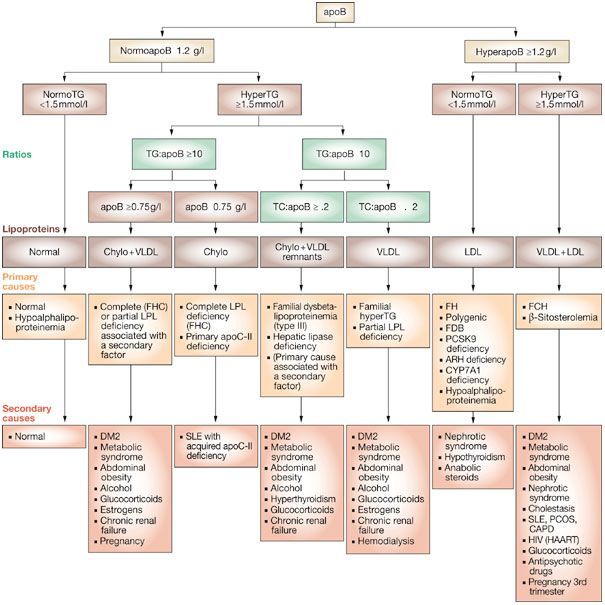Coronary Disease

Coronary disease is the development of coronary artery blockages. The coronary arteries supply blood flow to the heart muscle. There are three major coronary arteries with many more branches. The major arteries are more important than the branches as they usually supply more heart muscle. The heart muscle requires an almost continuous supply of blood as it is a very active muscle. The heart will beat an average of 3127320000 times in a life time!
When coronary blockages reach a certain severity, they may result in cardiac symptoms. Chest pain and shortness of breath are the most common.
The best way to prevent coronary disease is a healthy diet, regular exercise and maintaining a healthy body weight and wasit circumference. Medications such as cholesterol lowering treatments can be very effective.
What is a coronary blockage?
A coronary blockage is a narrowing of the coronary artery that results from cholesterol buildup. This usually begins within the wall of the artery and initially does not obstruct blood flow. Overtime, continued accumulation will result in a narrowing of the coronary artery. A blockage will not cause symtpoms until it is more than 70%.
Risk factors for coronary blockages include
1. Age and male gender (females have the same risk after menopause)
2. Positive family history (e.g. coronary disease before the age of 50 years)
3. High blood pressure
4. High cholesterol (acquired or inherited)
5. Smoking
6. Diabetes
7. Obesity
8. Chronic inflammatory diseases e.g. rheumatoid arthritis
9. Long term steroid use
10. HIV infection
Protective factors against coronary blockages include
1. Female gender (before menopause)
2. Exercise (in moderation)
3. A healthy diet
4. Statin medication use
5. High HDL cholesterol
6. PCKS9 loss of function mutations
Hypercholesterolemia
This is a very common cause of coronary blockages.
Did you know that not all elevated cholesterol levels need to be treated?
I have expertise in the diagnosis and management of all lipid disorders.
